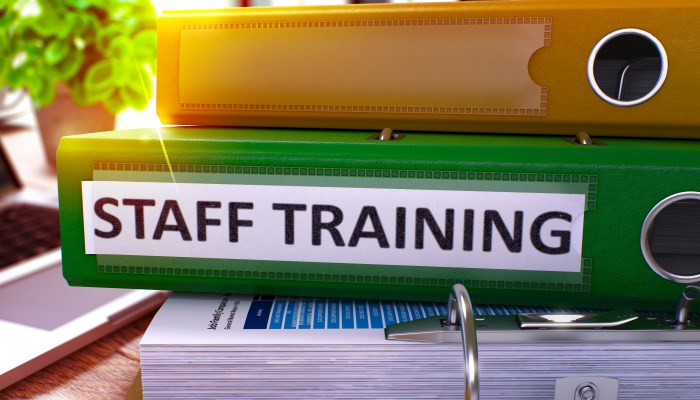The Australian Government released its new Migration Strategy on 11 December 2023 as part of its extensive Review of the Migration System. The long-term migration strategy aims to increase the number of permanent skilled migrants with ‘in demand skills and occupations’ to Australia, decrease the number of temporary residents and crack down on non-genuine overseas student course providers and migrant worker exploitation.
The Australian visa reforms have already begun to be introduced.
The key actions set out by the Australian Government in the Migration Strategy include the following:
1. Targeting temporary skilled migration to address skills needs and promote worker mobility
A new Skills in Demand visa with three targeted pathways, and visa settings that encourage migrant worker mobility in the labour market. New commitments include:
- A new Specialist Skills Pathway to make it easier for Australia to attract highly skilled workers, for example in the technology or green energy industries
- A Core Skills Pathway to meet targeted workforce needs, with a simpler, regularly updated occupation list for the skills Australia needs
- New visa settings that give migrant workers more mobility in the labour market to help tackle worker exploitation and drive productivity
- Streamlined labour market testing and visa processing.
The current Temporary Skills Shortage Visa 482 will likely be replaced by a new 3-tiered system based on earnings (visas granted for up to 4 years):
- Specialist Skills Visa Pathway: For highly skilled applicants earning a salary above $135,000. No occupational list is required for this pathway, and processing turnaround time is intended to be only 7 days. Capped at 3,000 places per year.
- Core Skills Visa Pathway: This pathway will provide the majority of visas for the program, for applicants earning $70,000 – $135,000. Applicants are eligible based on a revised ‘skills in demand list’ developed by Jobs and Skills Australia, including trades workers.
- Essential Skills Visa Pathway: A new pathway with union oversight is being planned for specific sectors, such as aged care and disability. The details including the minimum salary threshold of $70,000, are yet to be determined.
2. Reshaping permanent skilled migration to drive long-term prosperity
A commitment to explore a reformed points test for permanent skilled migration, and a new Talent and Innovation visa for migrants who can drive growth in sectors of national importance.
3. Strengthening the integrity and quality of international education
A package of integrity measures to lift the standards for international students and education providers, while ensuring graduates help meet skills shortages and do not become ‘permanently temporary’.
New commitments include:
- Higher English language requirements for international students and graduates
- More scrutiny of high-risk student visa applications and a $19m investment into the Home Affairs student visa integrity unit
- Restrictions on onshore visa hopping that undermines system integrity and drives ‘permanent temporariness’
- Strengthened and simplified Temporary Graduate visa settings
- Measures to support international students and graduates to realise their potential.
4. Tackling worker exploitation and the misuse of the visa system
A comprehensive suite of legislation, powers, penalties and policies to combat worker exploitation and restore integrity to the migration system.
New commitments include:
- A new public register of employer sponsors to improve integrity and support migrant worker mobility.
5. Planning migration to get the right skills in the right places
A longer-term, evidence-based approach to planning migration that closely collaborates with states and territories and ensures population planning is based on the best available population data and forecasts.
New commitments include:
- A new approach to planning permanent migration over the long-term and greater state and territory collaboration on net overseas migration forecasts.
6. Tailoring regional visas and the Working Holiday Maker Program to support regional Australia and its workers
A new direction to ensure visas for regional Australia are prioritised first, and a commitment to evaluating regional migration settings and the Working Holiday Maker program to ensure migration supports development objectives in regional Australia and does not contribute to worker exploitation.
New commitments include:
- A new direction to ensure regional visas receive the highest priority visa processing
7. Deepening Australia’s people-to-people ties in the Indo-Pacific
A new approach to developing people-to-people links with our region, including through a direct pathway to citizenship for New Zealanders and increased mobility with Pacific Island and Southeast Asian countries.
8. Simplifying the migration system to improve the experience for migrants and employers
A system-wide simplification agenda that will streamline visa settings, reduce visa classes and make the system easier to use.
New commitments include:
- The removal of 20+ unnecessary and duplicative visas to simplify the visa system.
We will continue to update you as the new Migration Strategy is implemented incrementally by the Australian Government.
Disclaimer:
The information on this website is intended only to provide a summary and general overview on relevant matters. It is not intended to be comprehensive nor does it constitute legal advice. You are advised to seek legal or other professional advice before acting or relying on any of the content contained in this website.






